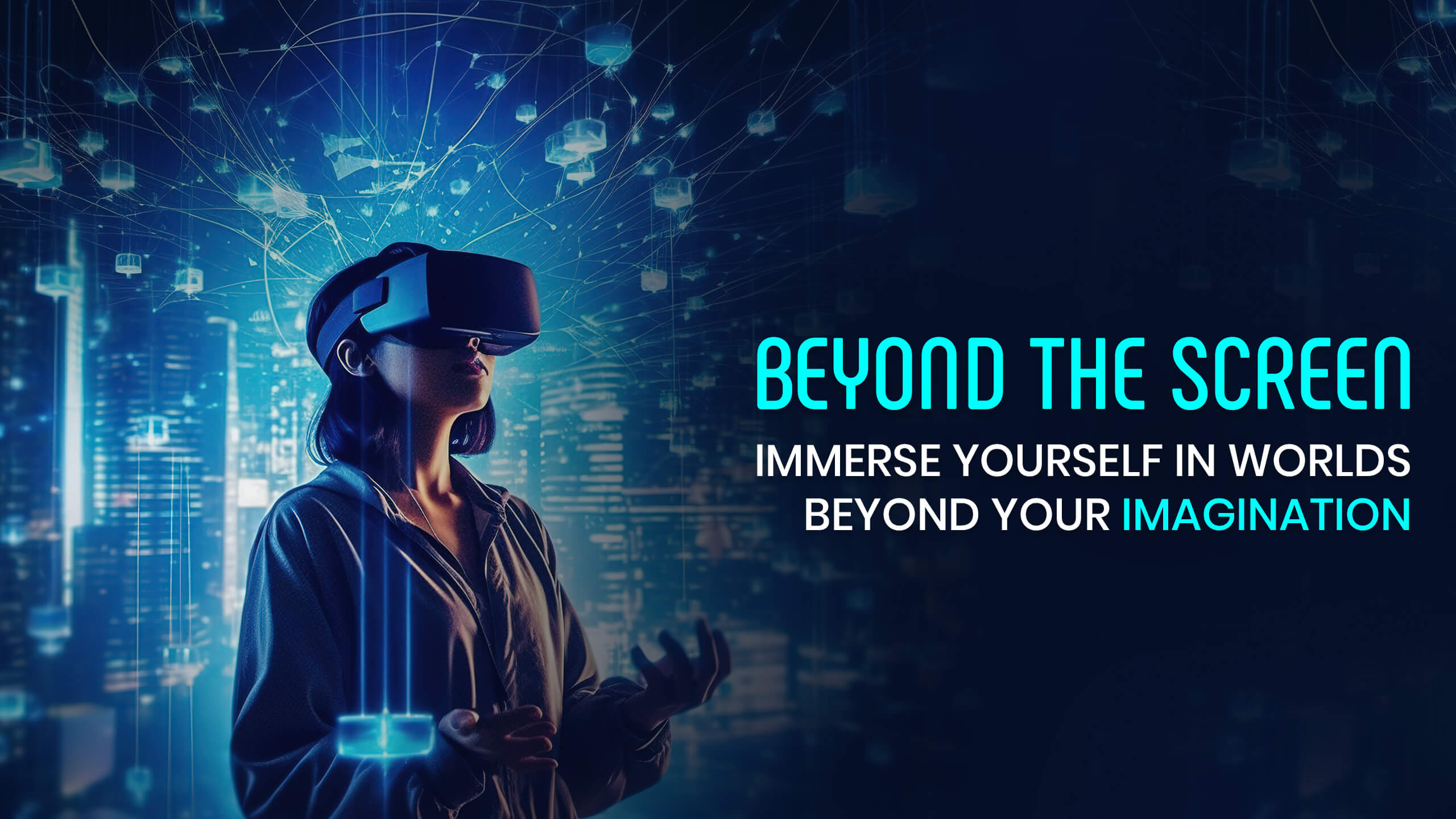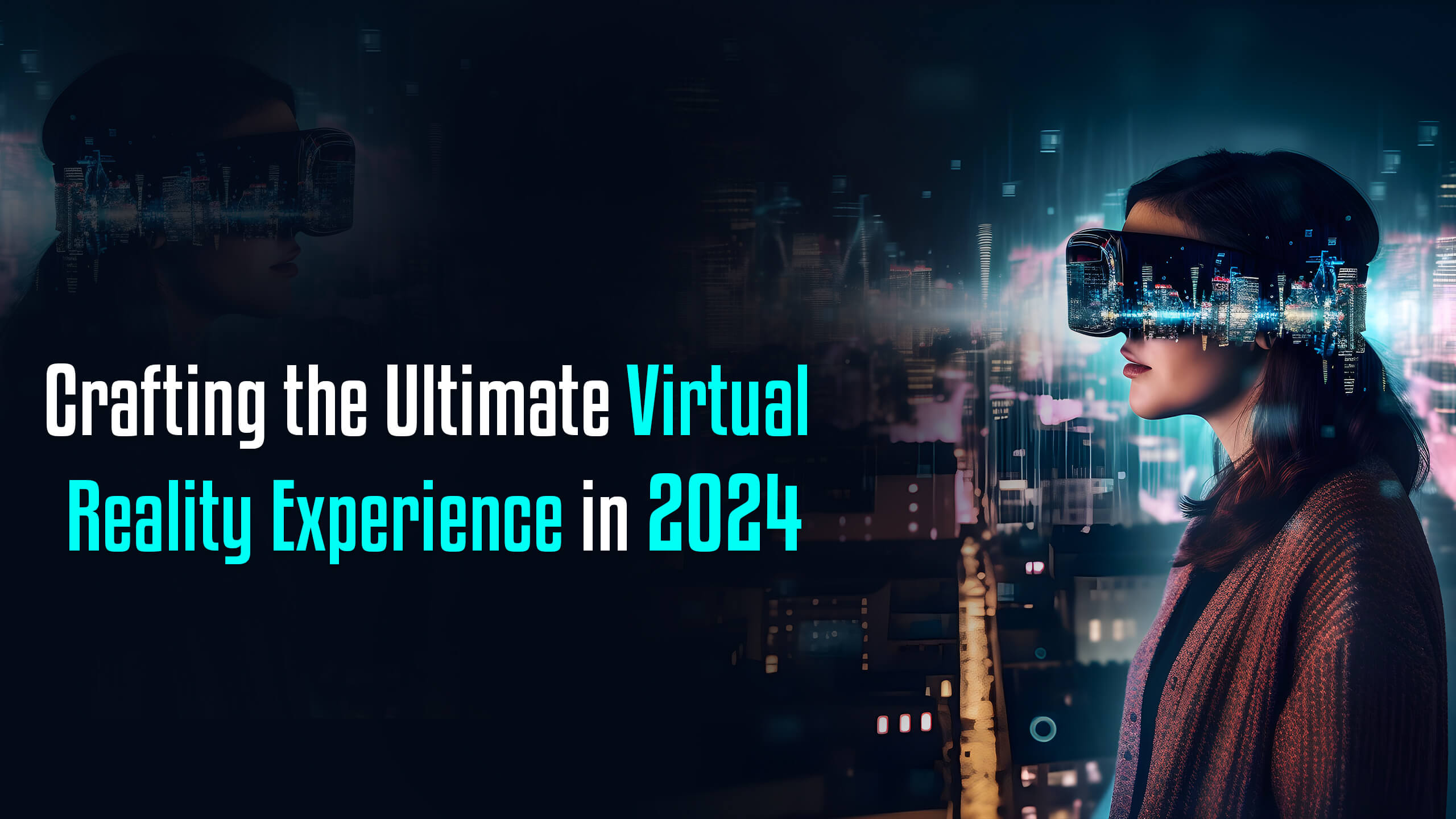Introduction
Definition of the Metaverse
The term “Metaverse” has transcended its sci-fi origins, becoming a buzzword that encapsulates a collective virtual shared space, merging physical and digital realities. It’s a space where users can interact with a computer-generated environment and other users in real time. In simpler terms, the Metaverse is the next frontier of digital interconnectedness, offering a seamless blend of reality and imagination.
Growing Interest in Virtual Reality (VR) Technology
At the forefront of this immersive experience is Virtual Reality (VR) technology. VR has undergone remarkable transformations, evolving from its early iterations to become a pivotal player in shaping the Metaverse. The growing interest in VR is evident not only among gamers but also in diverse industries like education, healthcare, and business.
Hardware Advancements
Evolution of VR Headsets
Virtual Reality headsets have come a long way from their early bulky designs. Today, sleek and lightweight VR headsets offer users an immersive visual experience. These devices incorporate high-resolution displays, reducing motion sickness and enhancing realism. The evolution of VR headsets plays a pivotal role in making the Metaverse accessible and enjoyable for users of all ages.
Haptic Feedback Devices
Imagine feeling the virtual world. Haptic feedback devices are making this a reality by providing users with tactile sensations corresponding to their actions in the virtual space. From subtle vibrations to more immersive sensations, these devices add an extra layer of realism, making interactions in the Metaverse more engaging and lifelike.
Motion Tracking and Controllers
Motion tracking and controllers amplify the user’s presence in the Metaverse. These technologies enable accurate translation of real-world movements into the virtual space, allowing users to interact with the environment naturally. Advanced controllers offer precise haptic feedback, further enhancing the sense of touch and control. This evolution in motion tracking and controllers contributes to the seamless integration of the physical and virtual realms, fostering a more intuitive and enjoyable user experience.
Software Advancements
Realistic Environments and Graphics
In the Metaverse, visual fidelity is key to a truly immersive experience. Software advancements bring realistic environments and graphics to life, mimicking the details of the physical world. High-quality textures, lighting effects, and dynamic elements contribute to creating virtual spaces that are visually stunning and indistinguishable from reality, captivating users as they explore the digital realms.
AI Integration for Dynamic Interactions
Artificial Intelligence (AI) is the backbone of dynamic interactions in the Metaverse. Smart algorithms enhance user experiences by adapting to individual behaviors, creating personalized and responsive virtual environments. AI-driven characters and elements add a layer of unpredictability and realism, making each interaction within the Metaverse unique and tailored to the user’s preferences.
Multiplayer and Social Interaction Features
The essence of the Metaverse lies in social connections. Software advancements facilitate seamless multiplayer experiences, enabling users to interact with others in real-time. From virtual meetings to collaborative projects, the Metaverse fosters a sense of community. Social interaction features, such as customizable avatars and voice communication, make the virtual space feel lively and sociable, bringing people together in ways that transcend physical limitations.
Immersive Experiences

Gaming in the Metaverse
One of the most exciting aspects of the Metaverse is the gaming experience it offers. Gamers can now dive into expansive virtual worlds, battling mythical creatures or collaborating with friends in real-time. The immersive graphics and responsive environments create a gaming escapade where the boundaries between reality and fantasy blur, providing an unparalleled level of excitement and engagement.
Virtual Meetings and Collaboration
Beyond gaming, the Metaverse transforms how we collaborate and conduct meetings. Virtual meeting spaces offer a unique environment for professionals to gather, discuss ideas, and collaborate on projects. The ability to share and manipulate virtual objects in real-time enhances the efficiency of teamwork, fostering creativity and productivity in a way that traditional video conferencing tools cannot match.
Education and Training Applications
The Metaverse is becoming a revolutionary space for education and training. Students can attend virtual classrooms, explore historical events in 3D, or even conduct virtual experiments. Training simulations in fields like medicine, aviation, and engineering provide a risk-free environment for hands-on learning. The immersive nature of the Metaverse makes education more engaging and accessible, transcending geographical boundaries.
Challenges and Future Developments
Technical Challenges
Despite the rapid progress, the Metaverse faces technical challenges. Issues such as latency, bandwidth limitations, and hardware requirements can affect the overall user experience. Overcoming these challenges is crucial for ensuring a smooth and accessible Metaverse for everyone. Ongoing advancements in technology aim to address these issues, promising a more seamless and inclusive virtual reality experience.
Privacy and Security Concerns
As the Metaverse expands, concerns about privacy and security come to the forefront. Virtual spaces often involve personal interactions and data sharing. Safeguarding user privacy and protecting against potential security threats become paramount. Developers and policymakers are actively working to establish robust frameworks and regulations to address these concerns and ensure a secure environment within the Metaverse.
Future of Virtual Collaboration and the Metaverse
Looking ahead, the future of the Metaverse is filled with exciting possibilities. Continuous innovations in VR hardware, such as lighter and more comfortable headsets, and advancements in software, including even more realistic graphics and AI-driven interactions, are on the horizon. Additionally, the integration of Augmented Reality (AR) and Virtual Reality (VR) is anticipated to create a more immersive and interconnected digital experience.
Conclusion
Impact of Virtual Reality Experience on the Metaverse
In conclusion, Virtual Reality (VR) stands as the driving force behind the transformative Metaverse experience. The evolution of VR hardware and software has brought forth a new era of immersive interactions, allowing users to explore digital realms with unprecedented realism. The impact of VR on the Metaverse is evident in its diverse applications, from gaming escapades to collaborative workspaces, and immersive educational experiences.
The Future of Immersive VR Experiences
As we reflect on the current state of the Metaverse, it’s clear that we are standing at the threshold of a digital revolution. The challenges faced today are stepping stones toward a future where the virtual and physical worlds seamlessly intertwine. The ongoing innovations in technology, coupled with collective efforts to address concerns like privacy and security, pave the way for a future where immersive experiences in the Metaverse become an integral part of our daily lives.
In essence, the journey into the Metaverse is a dynamic one, filled with endless possibilities. As technology continues to advance and society adapts to this digital frontier, the Metaverse is set to redefine the way we connect, learn, and engage. Whether it’s through the lens of a VR headset or the collaboration in virtual meeting spaces, the Metaverse is shaping up to be a transformative force, promising a future where the line between the real and the virtual becomes increasingly blurred.
 +91 95109 87700
+91 95109 87700 +44 20 3290 3710
+44 20 3290 3710




